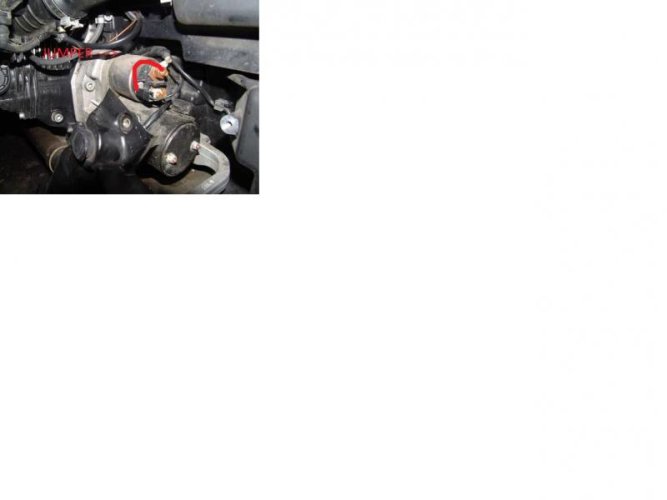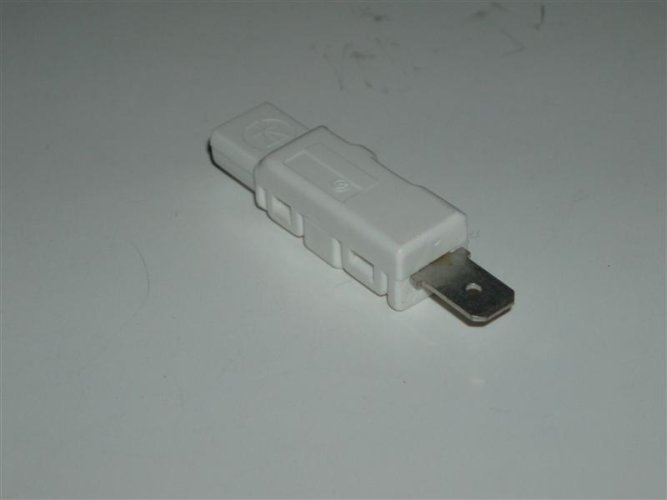MotorradMike
Lucky
Albeit regretfully, I am tapping out and will take it to the dealer for repair. I spent the past two hours taking apart the kill switch/starter hosing and I couldn't see any broken wires. I got in as far as I could - going in any further, like to the wiring under the ignition, probably exceeds my skill and patience. Now, without having a pickup, I have to figure out how to get it to the dealer.
Don't suppose anyone in Omaha reading this thread has a pickup or trailer and would like to hook a brother up?!?! I'll buy beer, whiskey, or scotch (what the hell, maybe all three)! Or, if you're not into that, a tankful of gas.
Thanks to everyone on this thread - I really do appreciate all the good advice. If nothing else, I learned how to remove the gas tank and access the battery and air filter.
We all like to help.
Here's a couple reasons you should chill with a beer and rethink your position:
1/ Your last sentence.
2/ Some(I would say most) very good mechanics don't have a good grasp of electrical principles. Add that to shop liability and you end up with a mechanic who starts replacing things without having found the root cause, you get to buy all the parts.
3/ When we solve this as a group(but mostly you), you will become very empowered and confident. A valuable asset far from home.
I vote don't quit.

 Double checked my work....I had unplugged the clutch wire @ the switch inside the plastic cover...and did-not-know it. Just standing there it looked fine, but pulled back the cover and it was obvious.... Plugged it back together....all was well.,,,
Double checked my work....I had unplugged the clutch wire @ the switch inside the plastic cover...and did-not-know it. Just standing there it looked fine, but pulled back the cover and it was obvious.... Plugged it back together....all was well.,,,



